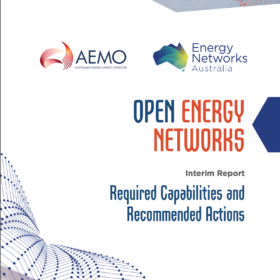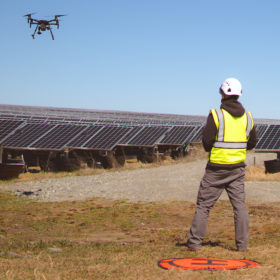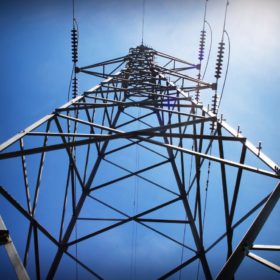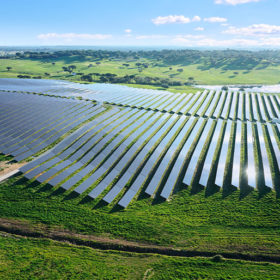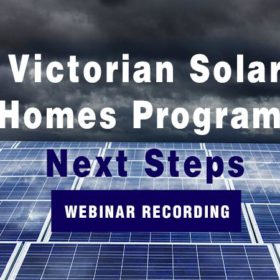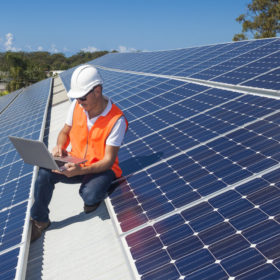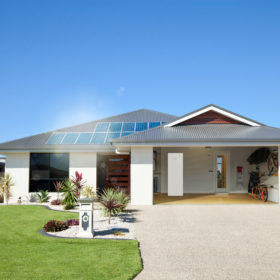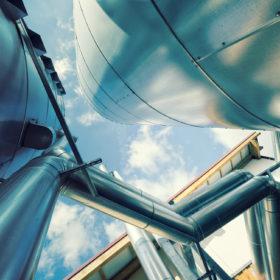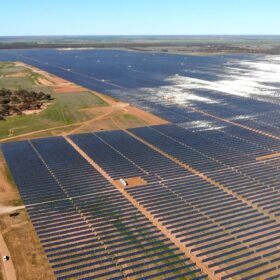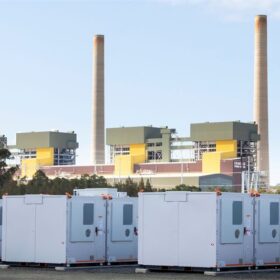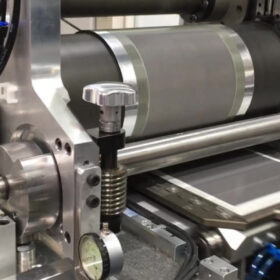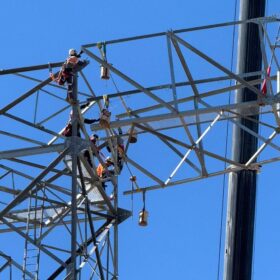Blueprint for Australia’s new two-way energy system confers $1 billion in consumer benefits
A joint report released today by AEMO and Energy Networks Australia confirms that managing Australia’s growing distributed energy resources presents an extraordinary opportunity, which could result in $100 billion in savings in network infrastructure and $1 billion in benefits across the energy-consumer landscape.
Aerial thermography takes off as an O&M tool for Australian solar farms
Raptor Maps has some 700 MW of Australian solar farms under monitoring by aerial thermal imaging. Compared to the company’s worldwide customer base, Australian PV plant experiences roughly the same average percentage — between 1.5% and 2% — of power affected by faults and defects as global installations.
Western Victoria’s network upgrade to unlock up to 6 GW of new wind and solar farms
The Australian Energy Market Operator (AEMO) has laid out a $370 million plan for network upgrades in Western Victoria which would deliver almost double the benefit to both energy consumers and energy producers. However, the proposal has provoked federal Energy Minister Angus Taylor’s attack on the state’s renewable energy target.
Victoria’s biggest solar farm up and running, powering steelworks and Melbourne tram network
With 128 MWp, Numurkah is the largest operating solar farm in Victoria. The project developed by French renewable energy producer Neoen has a major supply contract secured with the Laverton Steelworks and is one of two solar farms supplying 100% renewable energy to offset Melbourne’s entire tram network.
Rule change to allow big energy consumers to get paid for demand response
The Australian Energy Market Commission (AEMC) is looking to reward large energy consumers for reducing their power usage at times of peak demand. The electricity market’s rule maker is looking to prevent the summer blackouts that have become commonplace around Australia in recent years in a cost effective manner through the proposed rule change.
SEC warns of installer “bloodbath” if Victorian Solar Homes Program remains unchanged
The fallout of Victoria’s Solar Homes Program is verging on a “bloodbath” in the words of the Smart Energy Council (SEC) CEO John Grimes, who spoke at length in a SEC Webinar featuring over 200 Victorian solar industry actors about the adverse impacts of the program for both the industry and consumers. The SEC is now readying for action.
More calls for review of Victoria’s Solar Homes Program
Following similar calls from other industry bodies, the Clean Energy Council has urged the Victorian government to review its landmark Solar Homes Program and warned about the serious effects its dynamics has on the industry.
Smart meter time of use pricing to drive up household energy costs without the help of solar and batteries
New research released this week by The Australia Institute shows that ‘time of use pricing’ (ToU) facilitated by smart meters is likely to drive up household energy costs by $429 a year on top of already high prices. Analysis of national electricity market data suggests that demand for electricity in Australia is very inelastic, which makes ToU more likely to increase the profits of electricity companies than to assist consumers. Households with solar PV and batteries, however, are best suited to cope with this type of pricing.
AEMO: Australia will need 15 GW of utility-scale storage by early 2040s
Increased storage and strategic transmission development will be needed to ensure the lowest cost and risk transition of Australia’s energy system, the Australian Energy Market Operator states in its latest study. In 20 years time, the need for storage will be at a scale not seen before in the NEM, and both pumped hydro storage and distributed storage are set to play major roles in lowering wholesale electricity prices and building a reliable and resilient power system.
Queensland government opens funding for new hydrogen projects
Applications are now open for the Queensland government’s $15 million Hydrogen Industry Development Fund, which will support sustainable and renewable hydrogen projects across the state.
